Mourning Carrie Fisher (and Celebrity)
Whenever we lose another celebrity the Interwebs assemble into two primary factions. 1. Those that mourn. 2. Those that begrudge the need to mourn. The latter faction shames the former for feeling sorrow in the wake of the celebrity death. “Celebrity” assumes that we had no real life connections to the deceased — that they were merely a face on the screen or a voice on the radio, merely a fictional personality.
I never knew Carrie Fisher. I never spoke to her at a press junket or a fan convention. Zero direct or indirect contact. But as long as there’s been a “me,” there’s been Princess Leia. Let’s start at the beginning. I was born in 1978, the year after the release of Star Wars. I saw the film at such an age that I do not recall any moment in my life that predates knowledge of the film.
I lay no special claim to the following statements, and I know for a fact that I am not alone.
Carrie Fisher was my first crush. Of course, I crushed on Princess Leia and the hair buns and the “into the garbage shoot, flyboy” confidence, the girl that led a rebellion and, lets be honest, the girl that wore the gold bikini. I was of a certain impressionable age. There was just no getting around it. I was and remain only human. Like many others, Leia was my earliest exposure to cinematic badass femininity.
Of course, as I grew older I distanced the Princess Leia character from the actress Carrie Fisher.
Princess Leia belonged to that unassailable, ideal part of my childhood. The part that worshipped all things Star Wars, watched the original trilogy movies on a loop, went as an Ewok one Halloween, made my mom design different Star Wars-themed birthday cakes each year, paused my VHS tape and counted the number of stormtroopers present when Darth Vader arrives on the Death Star and requested that many stormtrooper action figures for Christmas. I had Star Wars bed sheets and posters of all three movies over my bed. I received phone calls on my Darth Vader telephone. These memories cannot be taken from me. They remain pure, perfect nostalgia.
I came to see Carrie Fisher meanwhile as a beautiful, damaged, three-dimensional human. As I struggled with feelings of depression during my early 30’s, I looked to her — someone who’d lived with mental illness — as a figure of hope. Someone who knew what bottom felt like and spoke openly about her experiences, using her celebrity to bring awareness to an issue that remained, apparently, off-limits for dinner conversation. And she did so with wit and wisdom and brazen self-awareness. She’d experienced darkness and as a sort of self-satirist could make light of her troubles without undermining the struggles of anyone else. The world seemed healthier, more honest and more colorful with Carrie Fisher dishing stories about her addictions and the absurdities of her life in Hollywood as Carrie Fisher, Princess Leia and daughter of Hollywood royalty, Debbie Reynolds and Eddie Fisher.
This week we all had to say goodbye to that voice, that wit, that beacon of hope. I have mourned her passing on social media and in the privacy of my home. For the first time in all of our years together, my wife suggested we watch Star Wars to celebrate Carrie, but I couldn’t do it. I wasn’t ready to admit that she was really gone. Instead I cleaned the house and blared John Coltrane on vinyl. I wasn’t ready to recognize that the 19-year-old woman who’d catalyzed these films that I’d loved throughout my entire lifetime with the line “Help me, Obi-wan Kenobi, you’re my only hope,” was really gone.
No, I never met Carrie Fisher, but I have shed a few tears over her passing. I will mourn her as an actress. I will mourn her as a voice of reason amidst the madness of our self-obsessed modern culture. And I will mourn the passing of part of my ideal, unassailable youth — my now somewhat imperfect nostalgia. It sounds selfish — but that is our frame of reference for “Celebrity” — the ways in which they’ve touched our lives through their art. I will mourn because I feel sadness, and that’s the first step toward being better, no matter the scope or scale of that loss.
And now having just finished the first draft of this bl-g post, I’ve learned that Debbie Reynolds has also passed. And just like that– another radiant beacon of positivity has been extinguished. As fans of cinema we loved them both like family. I cannot imagine the feeling of loss within their real family.




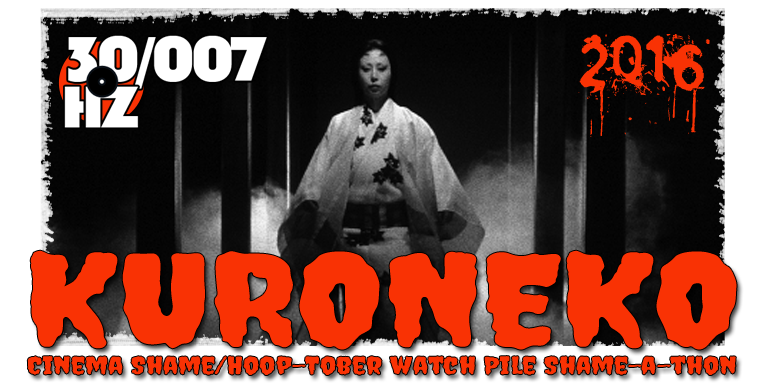

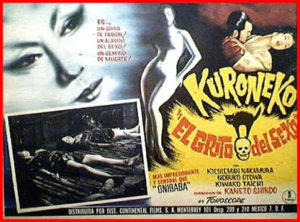
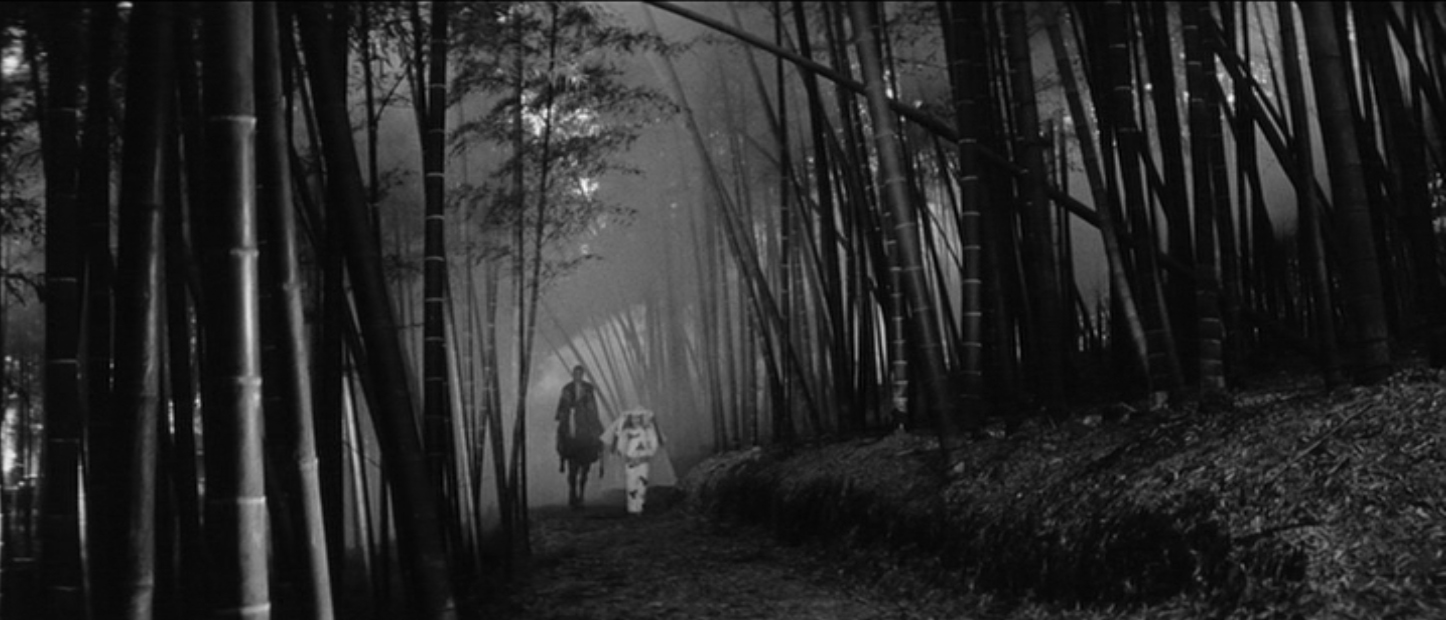

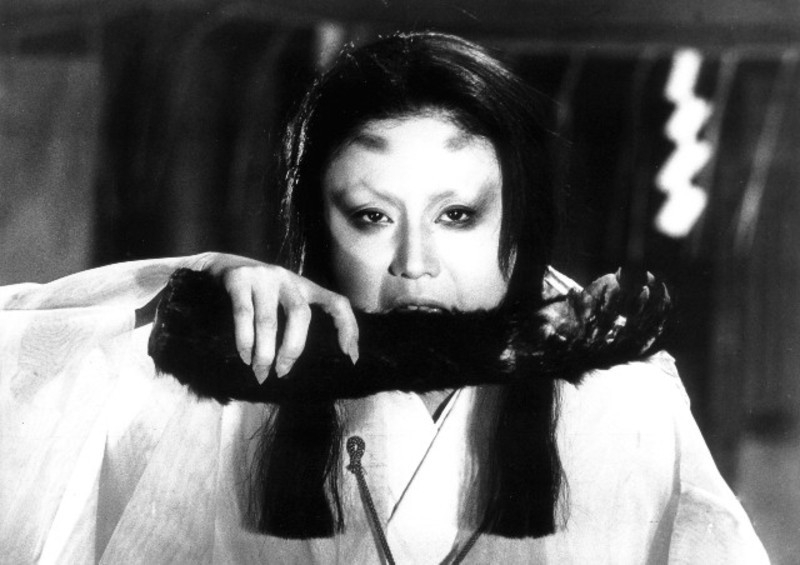
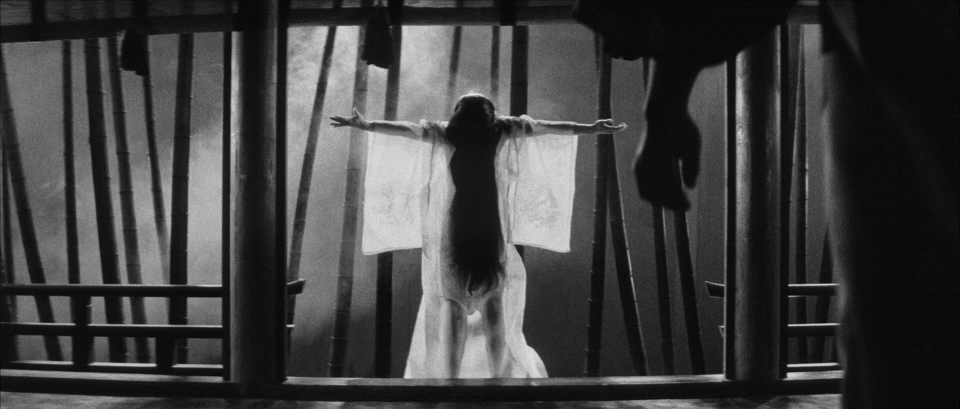

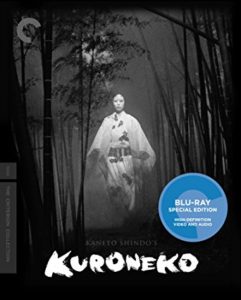 Availability:
Availability: 



 DVD Verdict: Plenty layers of weirdness to dig through. I can see myself revisiting this to further investigate the burning question on everyone’s mind regarding Polselli’s Delirium: WTF?
DVD Verdict: Plenty layers of weirdness to dig through. I can see myself revisiting this to further investigate the burning question on everyone’s mind regarding Polselli’s Delirium: WTF?